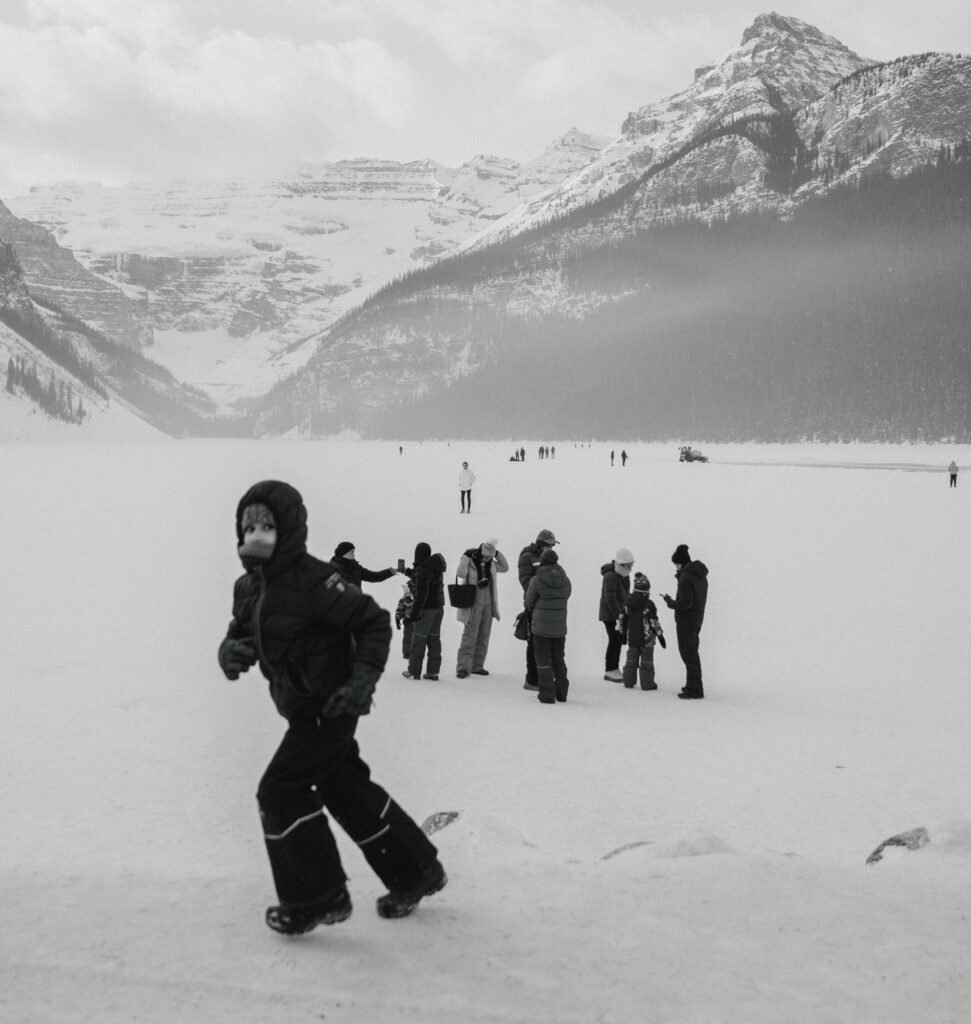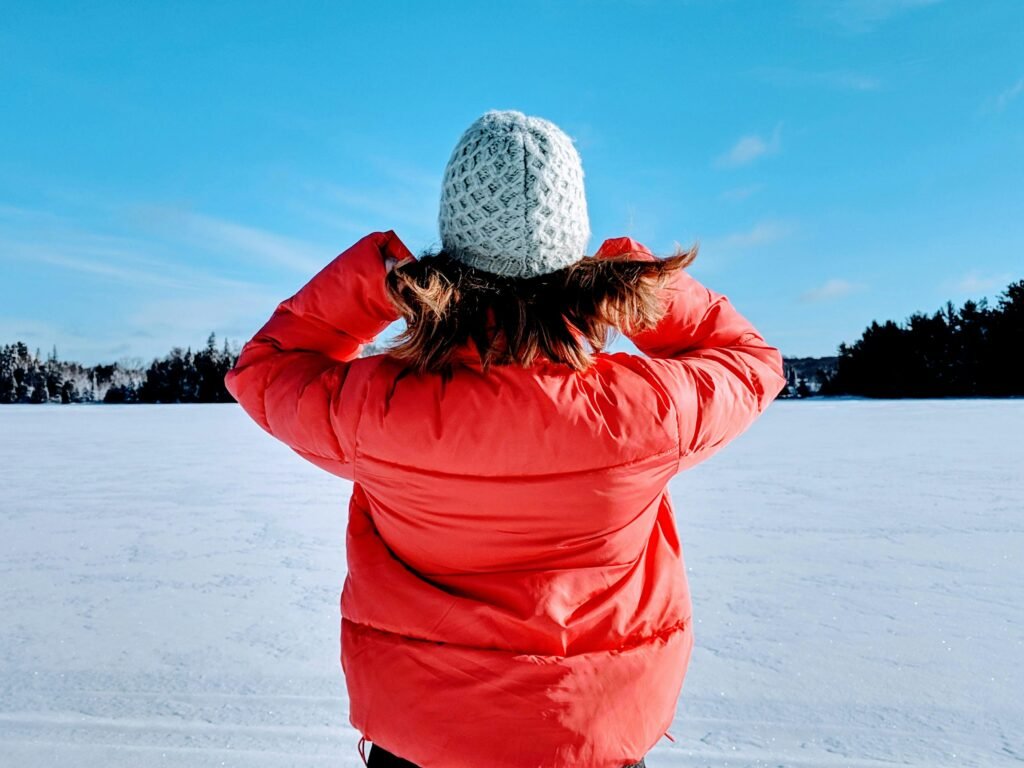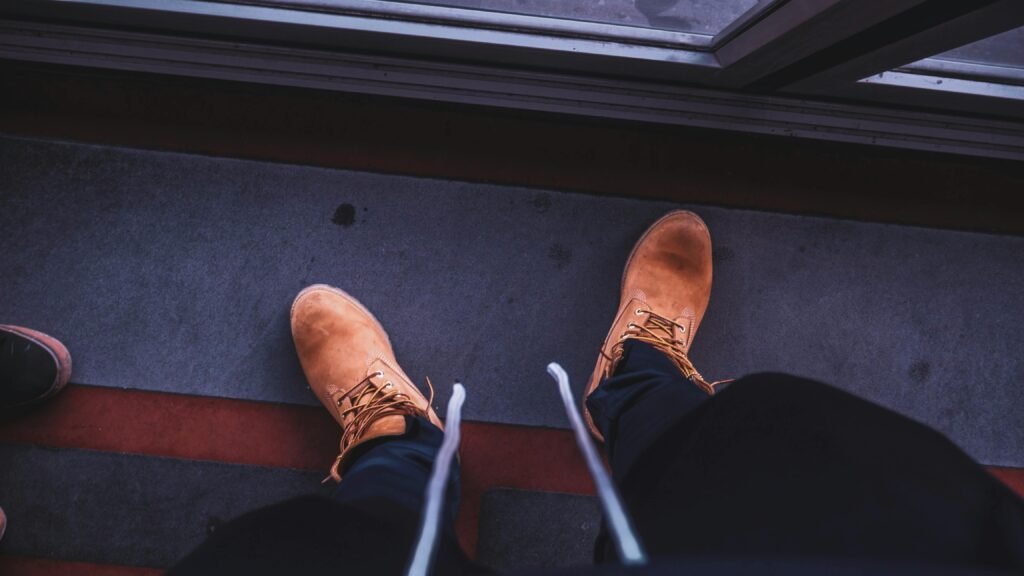Canada is full of surprises, but perhaps none so striking as the bone-chilling cold of its winter months. Whether you find yourself in British Columbia or Newfoundland, the winter experience is more or less the same, albeit with variations in duration. Winter in Canada typically sets in around the end of October and persists until at least the end of March. But fear not, the mercury doesn’t always plummet to -30 degrees Celsius. The coldest stretch usually hits towards the end of December, maintaining its icy grip well into January and February.
If you’re a newcomer to Canada or planning a visit for study or leisure, this post is tailored just for you. I’ll be sharing some invaluable tips and tricks for dressing right to not only survive but also savor the joys of winter activities in Canada.
Winter temperatures in Canada fluctuate significantly across its vast provinces, mirroring the country’s diverse geography and climate.
Coastal regions in British Columbia enjoy relatively mild winters, thanks to the Pacific Ocean’s tempering influence, while inland and mountainous areas experience colder temperatures and heavy snowfall. Moving eastward, Alberta sees more extreme cold snaps, especially in its northern reaches. Similarly, Saskatchewan and Manitoba witness freezing temperatures and substantial snowfall, while Ontario and Quebec endure variable temperatures, from mild to frigid. The maritime provinces experience milder winters, influenced by the Atlantic Ocean. Lastly, the northern territories endure the harshest conditions, with prolonged sub-zero temperatures and polar nights where the sun doesn’t rise for weeks.

Here are some tips that might be useful for you to survive in Winter season.
Surviving Canadian winters is all about layering. Forget fancy jackets that promise warmth down to -50 or -60 degrees. Instead, opt for multiple layers—three to four on top and two at the bottom—for versatility and comfort.
Start with a warm base layer, such as thermal underwear or moisture-wicking fabric, to keep sweat away from your skin. Add a cozy mid-layer, like a fleece or down sweater, for insulation, and top it off with a windproof and waterproof outer layer to shield against the elements. Consider adding an extra layer for extreme cold. For the bottom, layer with thermal underwear and quality denim jeans or insulated pants.
Invest in a reliable winter jacket. Down jackets are favored by Canadians for their superior warmth and durability. Brands like Mountain Warehouse, Columbia, and North Face offer quality options at various price points.
Look out for deals, especially during summer sales, to snag a bargain. Consider features like a hood with a removable fur trim for added warmth and versatility, adjustable cuffs and hem to seal out cold air, and plenty of pockets for storage. Opt for a longer length jacket to provide extra coverage and insulation, especially during windy conditions.

Protect your feet with sturdy, waterproof boots that offer excellent insulation and traction on icy surfaces. Ensure they’re one size larger than your regular shoes to accommodate thick socks.
Look for boots with features like a waterproof membrane to keep moisture out, a grippy rubber sole for traction on snow and ice, and insulation to keep your feet warm in sub-zero temperatures. Consider styles with a high ankle collar for added support and protection against snow and slush. Don’t skimp on quality; frostbite is a real risk in prolonged exposure to the cold.

Don’t overlook your ears and neck—cover them at all times to avoid discomfort and potential health issues. Ear warmers and winter hats (known as “Toques” in Canada) are essential for keeping these areas warm and cozy.
Look for hats made from insulating materials like wool or fleece, with a snug fit to trap heat close to your head. Consider styles with ear flaps or a built-in headband for added protection against wind and cold. For extra warmth, layer a neck gaiter or scarf over your hat to shield your neck and face from biting winds and snow.
Invest in gloves that offer warmth and dexterity, especially if you need to use your phone outdoors. Consider layering with touchscreen-compatible inner gloves and ski gloves for added warmth and functionality.
Look for gloves with features like insulation to trap heat, a waterproof and breathable membrane to keep hands dry, and a grippy palm for handling objects in cold and wet conditions. Opt for styles with adjustable cuffs to seal out snow and wind, and a reinforced thumb and index finger for durability and enhanced grip. Don’t forget to try them on before buying to ensure a proper fit and maximum comfort.

Hand warmers are a lifesaver in the frigid cold. Whether disposable or rechargeable, these pocket-sized devices provide instant warmth on the go. Opt for rechargeable electric models for convenience and sustainability, and always follow safety guidelines when using them.
To activate disposable hand warmers, simply shake them to initiate the chemical reaction that generates heat. Slip them into your gloves or pockets for toasty hands wherever you go. Rechargeable hand warmers can be charged via USB or other power sources, offering reusable warmth whenever you need it most. Choose models with adjustable heat settings for customizable comfort, and don’t forget to pack them in your winter survival kit for emergencies. With hand warmers at your disposal, you’ll never have to worry about cold hands ruining your outdoor adventures again.
Be aware of the signs of hypothermia and frostbite, and know when it’s time to seek shelter indoors. If you start to feel extremely cold or experience numbness or tingling in your extremities, it’s crucial to warm up immediately and seek medical attention if necessary. Always try to commute anywhere with friends in this winter season.